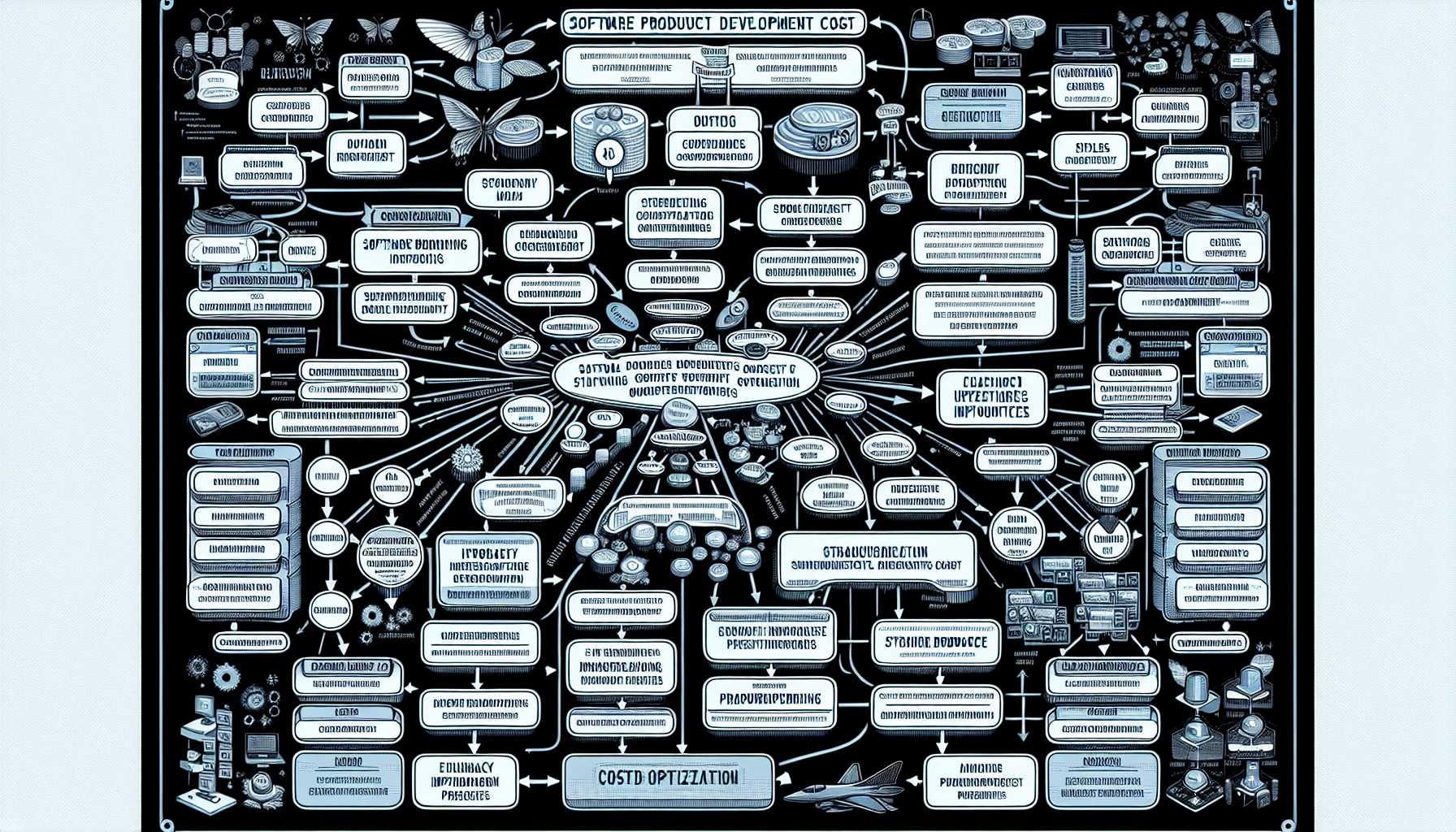Welcome back to my corner where I share insights from my years in the product management trenches. Today, we’re dissecting the ever-pertinent topic of resource allocation: how do we navigate the narrow straits of cost optimization and budget management in the intricate world of software development?

Understanding the Costs Involved
Firstly, let’s unravel the types of costs that we, as product managers, need to juggle. Development costs, operational costs, support costs, and infrastructure costs all weigh heavily on the ledger. Each carries its own set of variables and is influenced by different aspects of the product life cycle.
Embracing Agile Methodologies
In my experience, Agile and Scrum frameworks are more than buzzwords; they provide a scaffold for ongoing cost assessment. By introducing iterative development, we achieve bite-sized validations of our direction and budget expenditure. We consistently ask, “Are we building the right thing?” which in itself is a cost-saving measure.
Lean Start-Up Principles
Lean Startup principles have also governed my approach to product development. The Build-Measure-Learn loop forces us to build MVPs (Minimum Viable Products) that test business hypotheses sharply and cost-effectively. It’s about validating the product’s value early, before the stakes (and costs) sky-rocket.
Effective Prioritization
The MoSCoW method (Must Haves, Should Haves, Could Haves, and Won’t Haves) has been particularly helpful in this regard. One pen stroke through the ‘Won’t Haves’ can often save thousands from the budget while keeping the team focused on what truly matters.
Making Data-Driven Decisions
Rather than relying on gut feelings or hazy market predictions, I’ve learned to trust the power of data. A/B testing, user interaction data, and conversion rates yield insights that can steer us away from expensive missteps and toward lean, targeted feature development that users will pay for.
Outsourcing Strategically
Throughout my product management journey, outsourcing has been a double-edged sword. Offshoring can reduce labor costs but also bring hidden expenses in coordination, quality, and time zone differences. Choosing the right partners and fostering effective communication channels is crucial.
Continuous Improvement
Kaizen, the Japanese term for ‘change for the better,’ speaks to the heart of cost optimization. Constantly seeking process improvements, embracing automation, and investing in CI/CD pipelines have been pivotal. Small enhancements accumulate to create significant efficiencies and cost savings over time.
Investing Wisely in Tech Stack
The allure of the latest tech buzzwords can be tempting, but I’ve found that a conservative approach to adopting new technologies can be financially sagacious. Understand the Total Cost of Ownership (TCO) and only jump on bandwagons when they will demonstrably drive down costs or open up new revenue streams.
Fostering a Culture of Ownership
Cultivating a culture where every developer feels the weight of cost implications has led to surprising innovations and savings. When team members feel responsible for the product’s financial health, they identify wastage and take the initiative in suggesting cost cuts.
Budget Forecasting and Monitoring
A forecast is only as good as the data and assumptions it’s based on. Estimating budgets using historical data and continuously refining these predictions as more data becomes available has been essential. Regularly monitoring burn rate against key performance indicators keeps us in line, or gives us early warning signals when not.
Learning from Industry Leaders and Competitors
I’ve often turned to case studies and competitor analysis to inform my strategies. How do similar products allocate their resources? What efficiencies have they discovered? Though our paths might differ, there’s wisdom in the financial trajectories of successful products.
Acute Risk Management
Risks can come with hefty price tags. I’ve seen the adverse effects of insufficient risk planning on budgets. A robust risk management framework can save unforeseen costs, turning potential disasters into manageable speed bumps.
The Human Aspect
Last but certainly not least, is the human aspect. Understanding your team’s strengths and weaknesses, knowing when to scale up or down; these decisions directly impact morale and thus productivity, affecting the bottom line.
As I reflect on the complex dance of software development cost optimization, it is clear that there is no single panacea. It’s a delicate balance of frameworks and philosophies, of data and human judgment, of strategy and adaptability.
Embrace the art and science of software product development, and remember that every cent saved is a cent that can be reinvested in creating delightful and valuable user experiences.
